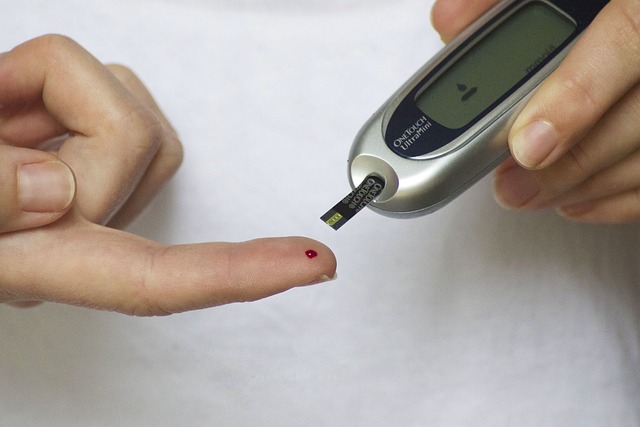Innovating Healthcare: The Future of Patient Monitoring Robots
In an age where technology continues to power remarkable changes across various sectors, healthcare is not left behind. The introduction of patient monitoring robots marks a significant leap forward, integrating robotic innovations into everyday health needs. These advancements are not just reshaping clinical environments; they are also transforming the very essence of patient care.
Technological Innovations
Imagine a world where patients can receive constant monitoring without the physical constraints of traditional devices. Enter the realm of patient monitoring robots, equipped with sophisticated sensors and artificial intelligence. These robots can track vital signs, detect irregularities, and even communicate crucial information to healthcare professionals in real-time. For instance, a robot can tirelessly record a patient’s heart rate, temperature, and oxygen levels, sending alerts to doctors if any readings deviate from the normal range.
Furthermore, the integration of automation in patient care alleviates the burden on healthcare workers, allowing them to focus more on complex patient interactions rather than routine monitoring. With customizable functionalities, these robots can cater to individual patient needs, learning preferences, and historical data to provide personalized care. This levels the playing field in healthcare, ensuring that even the most vulnerable patients receive consistent attention.
Health Innovations
As we witness the convergence of robotics and healthcare, the innovations don’t stop at mere monitoring. Advanced robotics also enable more accurate diagnostics and treatment plans. With telemedicine on the rise, patient monitoring robots can facilitate remote consultations, making healthcare accessible to those in rural or underserved areas. Imagine a patient in a remote village receiving healthcare advice from a specialist hundreds of miles away, while their vital signs are monitored by an autonomous robot.
This technological innovation empowers patients, allowing them to take an active role in their health management. Wearable technologies integrated with patient monitoring robots can provide individuals with insights into their health status, encouraging preventive measures before issues escalate. This shift in approach not only enhances health outcomes but also fosters a culture of proactive health management.
The potential of patient monitoring robots extends beyond individual wellbeing. By gathering vast amounts of data, these robots can contribute to larger public health initiatives. The analytics derived from monitored data can inform policymakers about health trends, facilitating timely interventions and resource allocation during health crises.
With all these enhancements, the future of patient care looks promising. The synergy between healthcare and robotics is set to unlock new possibilities, creating a more efficient, compassionate, and responsive healthcare system. As we embrace these innovations, let us remain hopeful for a future where technology bridges gaps in healthcare, leading to improved outcomes for everyone.




